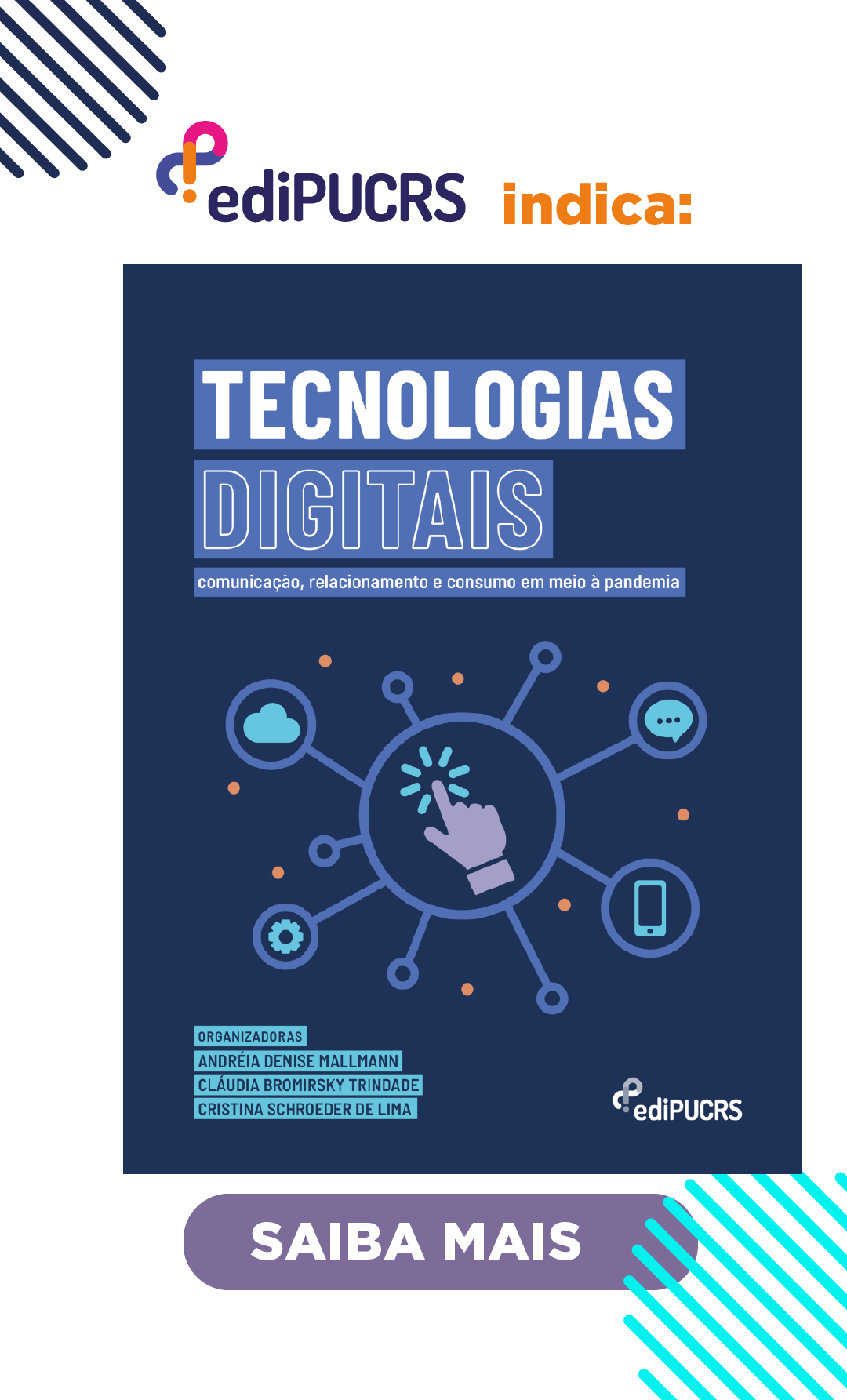O “apelo direto” está alterando o formato de comunicação dos partidos políticos: as redes sociais ganham espaço e reduzem as estruturas tradicionais de mediação
DOI:
https://doi.org/10.15448/1980-3729.2019.2.33942Palavras-chave:
Paolo Mancini. Comunicação política. Transparência na informaçãoResumo
Realizada em seu gabinete na Universidade de Perugia, Itália, a entrevista com Paolo Mancini é um importante documento que nos instiga a pensar sobre um novo modelo de comunicação baseado na relação direta entre fonte e usuário, entre o político e o eleitor, um reflexo claro dos processos de transparência da informação. Mancini reforça que esta nova tendência de comunicação se aplica aos partidos políticos alterando algumas práticas tradicionais dentro das sociedades democráticas. Ao interagir diretamente com o eleitor, o político abre uma nova via comunicativa, um novo canal sem a intermediação tradicional. Mancini classifica este fenômeno como “apelo direto”, um estilo populista que permite ao político adaptar-se às ideias, linguagem e valores já compartilhados pelo cidadão. Para Mancini as administrações públicas são compelidas a publicar os dados, não apenas para cumprir a lei, mas porque indivíduos têm a possibilidade de acessar e fazer circular a informação através da rede.
Downloads
Referências
MANCINI, Paolo. Il post partito. La fine delle grandi narrazioni. Bolonha: Il Mulino Editore, 2015.
MANCINI, Paolo. Perché comunicazione pubblica? Le ragioni sociali di uno sviluppo impetuoso. Quaderni di Sociologia, Torino, n. 30, 2002. Disponível em: http://journals.openedition.org/qds/1232. Acesso em: 15. jun. 2012. https://doi.org/10.4000/qds.1232
MANCINI, Paolo; HALL IN, Daniel. Modelli di giornalismo: mass media e politica nelle democrazie occidentali. Roma-Bari: Laterza, 2004.
Downloads
Publicado
Como Citar
Edição
Seção
Licença
Copyright (c) 2019 Revista FAMECOS

Este trabalho está licenciado sob uma licença Creative Commons Attribution 4.0 International License.
Derechos de Autor
La sumisión de originales para la Revista Famecos implica la transferencia, por los autores, de los derechos de publicación. El copyright de los artículos de esta revista es el autor, junto con los derechos de la revista a la primera publicación. Los autores sólo podrán utilizar los mismos resultados en otras publicaciones indicando claramente a Revista Famecos como el medio de la publicación original.
Creative Commons License
Excepto donde especificado de modo diferente, se aplican a la materia publicada en este periódico los términos de una licencia Creative Commons Atribución 4.0 Internacional, que permite el uso irrestricto, la distribución y la reproducción en cualquier medio siempre y cuando la publicación original sea correctamente citada.





